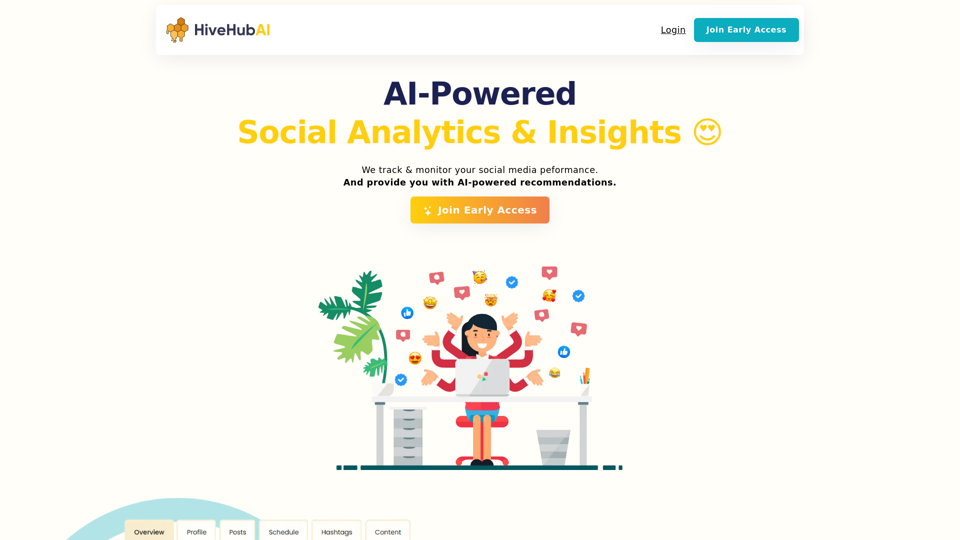ChatGPT Assistant - Smart Search is a browser extension that enhances the search engine experience by integrating OpenAI's language model. It provides users with a dual-layered response system, combining traditional search results with AI-driven answers from ChatGPT. This powerful tool allows users to quickly access information and engage in interactive search sessions, transforming simple queries into comprehensive dialogues.
ChatGPT Assistant - Smart Search
Add OpenAI ChatGPT to your search engine! Use the Chat GPT helper function to access ChatGPT on any website.
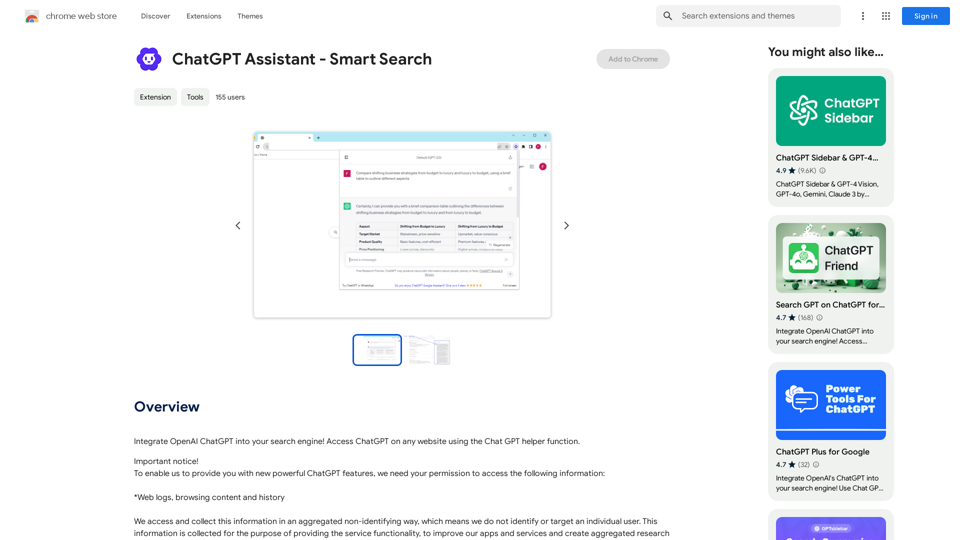
Introduction
Feature
Dual-Layered Response System
ChatGPT Assistant - Smart Search offers a unique combination of traditional search engine results and AI-generated responses, providing users with a holistic and enriched search experience.
Easy Integration with OpenAI
Users can easily access ChatGPT's capabilities by logging into chat.openai.com and opening the extension to start a conversation.
Custom Trigger Mode
The extension allows users to customize their experience with a custom trigger mode, enhancing flexibility and user control.
Clipboard Integration
Users can conveniently copy AI-generated responses to their clipboard for easy sharing and reference.
Feedback Mechanism
The extension includes a feature for users to provide feedback, contributing to the continuous improvement of ChatGPT's performance.
Cross-Browser Compatibility
While primarily available for Chrome, users can access similar functionality on other browsers through the ChatGPT Sidebar extension.
ChatGPT Helper
This feature enables users to access ChatGPT on any website, expanding its utility beyond traditional search engines.
FAQ
What is ChatGPT Assistant - Smart Search?
ChatGPT Assistant - Smart Search is a browser extension that integrates OpenAI's language model to enhance the search engine experience. It provides AI-driven responses alongside traditional search results, offering a more comprehensive and interactive search process.
How does ChatGPT Assistant - Smart Search work?
The extension works by providing a dual-layered response system. It combines traditional search engine results with AI-generated, human-like responses from ChatGPT. Users need to log in to chat.openai.com and open the extension to start a conversation with ChatGPT.
Is ChatGPT Assistant - Smart Search free?
Yes, ChatGPT Assistant - Smart Search is available for free. However, there are optional paid upgrades available for users who want to access additional features or capabilities.
Latest Traffic Insights
Monthly Visits
193.90 M
Bounce Rate
56.27%
Pages Per Visit
2.71
Time on Site(s)
115.91
Global Rank
-
Country Rank
-
Recent Visits
Traffic Sources
- Social Media:0.48%
- Paid Referrals:0.55%
- Email:0.15%
- Referrals:12.81%
- Search Engines:16.21%
- Direct:69.81%
Related Websites

Wallow To roll or move about in a lazy, relaxed way, often in a pleasant or enjoyable manner.
Wallow To roll or move about in a lazy, relaxed way, often in a pleasant or enjoyable manner.Wallow streamlines digital product development with real-time incident tracking, team alignment, and integrated communication tools. Experience seamless collaboration and boost productivity with Wallow.
847
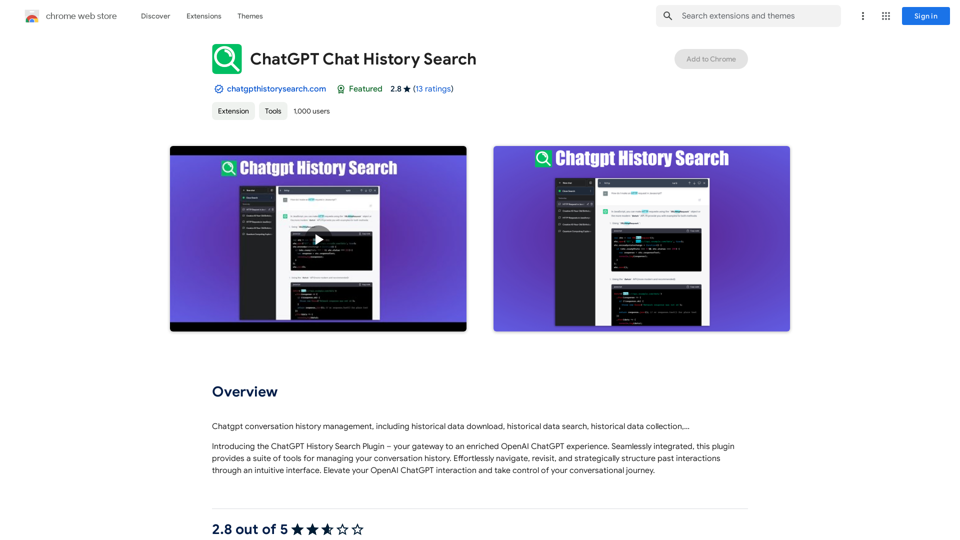
ChatGPT Conversation History Management, including: Historical Data Download Historical Data Search Historical Data Collection …
193.90 M
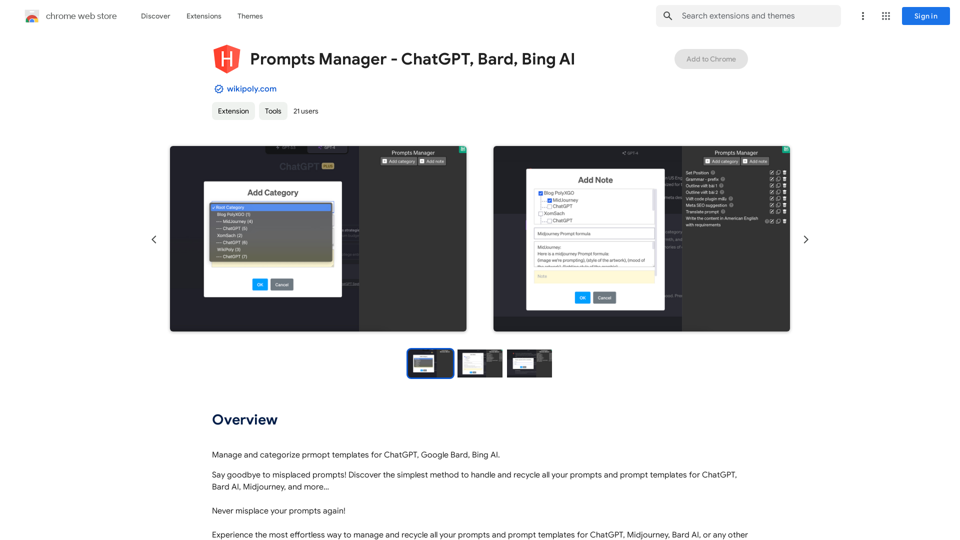
Organize and sort templates designed to give instructions to ChatGPT, Google Bard, and Bing AI.
193.90 M
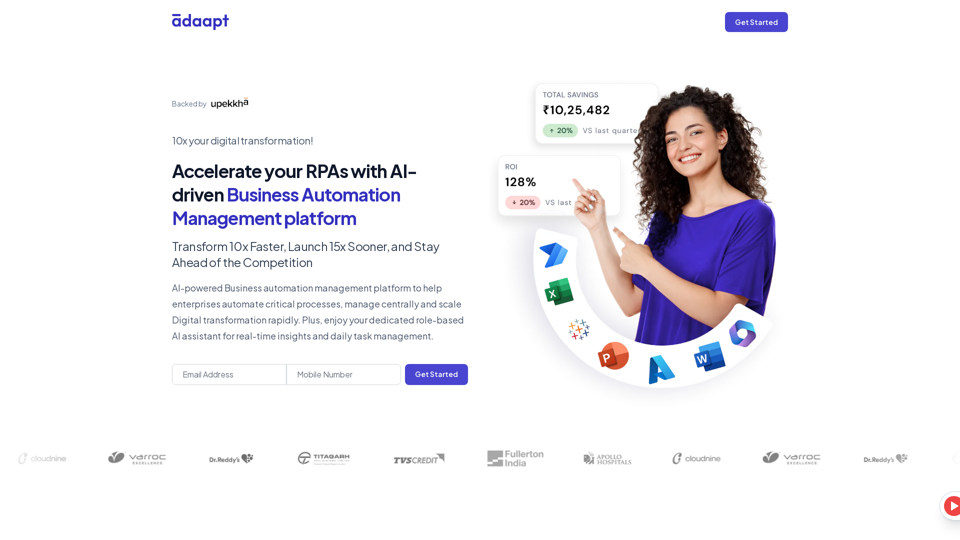
Adaapt.ai - Simplify and Optimize Your Processes with Automation
Adaapt.ai - Simplify and Optimize Your Processes with AutomationUnlock efficiency and elevate your business with Adaapt.ai - Your partner in automation. Streamline processes effortlessly and boost productivity. Discover cutting-edge solutions tailored for your success.
0
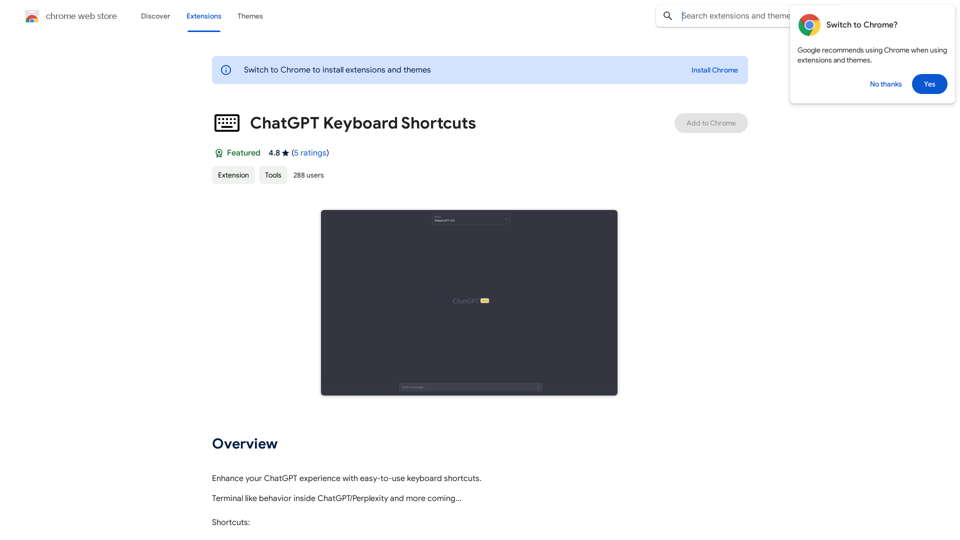
ChatGPT Keyboard Shortcuts #Navigation * Ctrl + →: Move to the next message * Ctrl + ←: Move to the previous message * Home: Move to the beginning of the conversation * End: Move to the end of the conversation #Editing * Ctrl + A: Select all text * Ctrl + C: Copy selected text * Ctrl + X: Cut selected text * Ctrl + V: Paste copied or cut text * Ctrl + Z: Undo * Ctrl + Y: Redo * Ctrl + Shift + F: Format text as code #Actions * Enter: Send the message * Shift + Enter: Insert a new line * Ctrl + Shift + Enter: Send the message and insert a new line * Esc: Cancel editing and close the message input field * Ctrl + Shift + Space: Open the emoji picker * Ctrl + Shift + /: Open the help menu #Accessibility * Ctrl + +: Increase font size * Ctrl + -: Decrease font size * Ctrl + 0: Reset font size to default
ChatGPT Keyboard Shortcuts #Navigation * Ctrl + →: Move to the next message * Ctrl + ←: Move to the previous message * Home: Move to the beginning of the conversation * End: Move to the end of the conversation #Editing * Ctrl + A: Select all text * Ctrl + C: Copy selected text * Ctrl + X: Cut selected text * Ctrl + V: Paste copied or cut text * Ctrl + Z: Undo * Ctrl + Y: Redo * Ctrl + Shift + F: Format text as code #Actions * Enter: Send the message * Shift + Enter: Insert a new line * Ctrl + Shift + Enter: Send the message and insert a new line * Esc: Cancel editing and close the message input field * Ctrl + Shift + Space: Open the emoji picker * Ctrl + Shift + /: Open the help menu #Accessibility * Ctrl + +: Increase font size * Ctrl + -: Decrease font size * Ctrl + 0: Reset font size to defaultEnhance your ChatGPT experience with easy-to-use keyboard shortcuts.
193.90 M
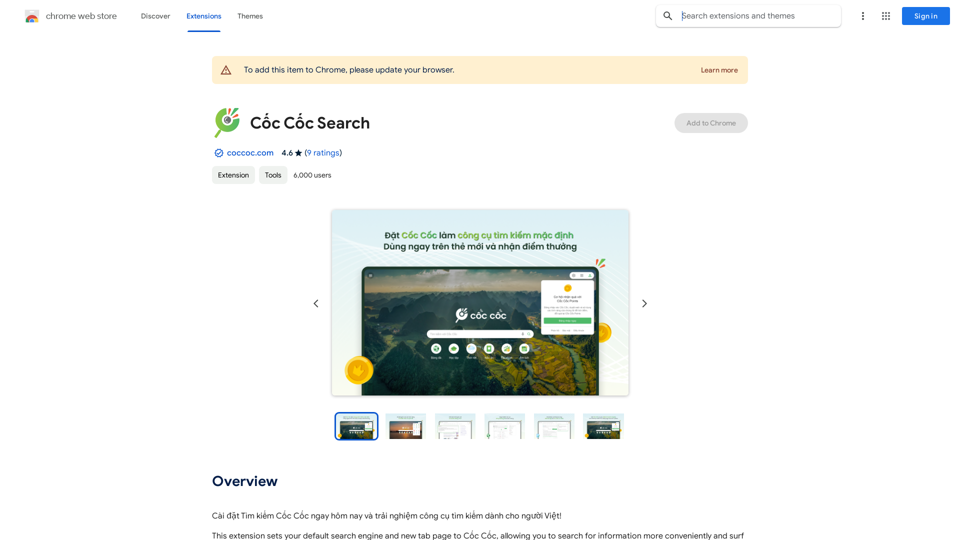
Install Cốc Cốc Search today and experience the search engine designed for Vietnamese people!
193.90 M
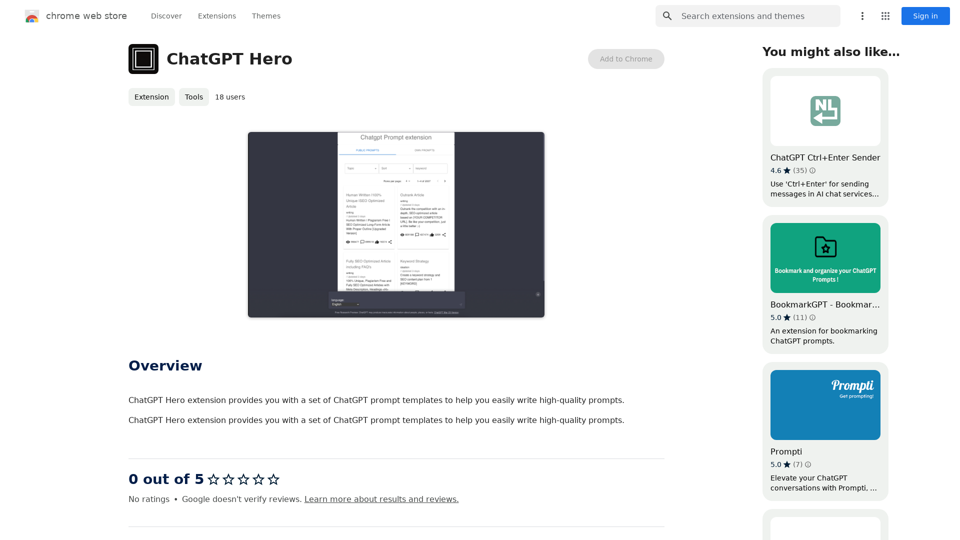
The ChatGPT Hero extension gives you a collection of ChatGPT prompt templates to make it simple to write great prompts.
193.90 M
